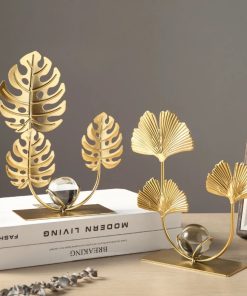Horse Statue for Desk Decoration
$25.00
A decorative sculpture is a three-dimensional art piece designed to enhance the visual appeal of a space. It can be crafted from materials such as metal, wood, stone, or ceramic,
Category: Decorative statue
Design and Style
- Forms and Shapes: Decorative sculptures can take many forms, from abstract and geometric shapes to representational figures such as animals, people, or natural elements. Abstract sculptures focus on form, color, and texture without representing specific objects, while representational sculptures mimic real-life subjects.
- Styles and Themes: Sculptures can range from modern and contemporary designs with clean lines and minimalist aesthetics to traditional and classical styles featuring intricate details and historical references. Themes may include nature, mythology, cultural motifs, or avant-garde concepts.
- Size and Scale: Sculptures come in various sizes, from small tabletop pieces to large floor-standing installations. The size of the sculpture often determines its impact within a space, with larger pieces serving as focal points and smaller sculptures used to accentuate shelves, tables, or niches.
Materials and Techniques
- Materials: Common materials used for decorative sculptures include:
- Metal: Such as bronze, stainless steel, or iron, offering durability and a sleek, modern look.
- Wood: Providing a warm, natural aesthetic with a range of finishes from polished to rustic.
- Stone: Including marble, granite, or alabaster, known for their classic and timeless quality.
- Ceramic and Glass: Offering vibrant colors and intricate designs, often used for both functional and purely decorative purposes.
- Resin: A versatile material that can mimic other materials and is often used for more affordable or intricate designs.
- Techniques: Sculptures can be crafted using various techniques such as carving, casting, molding, or assembling. Each technique imparts different textures and finishes, from smooth and polished to rough and textured.
Be the first to review “Horse Statue for Desk Decoration” Cancel reply
Related products
Decorative statue
$26.00
Decorative statue
$23.00
Decorative statue
$26.00
Decorative statue
$24.00
Decorative statue
$20.00
Decorative statue
$27.00










Reviews
There are no reviews yet.